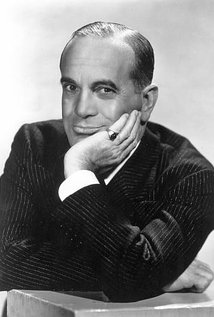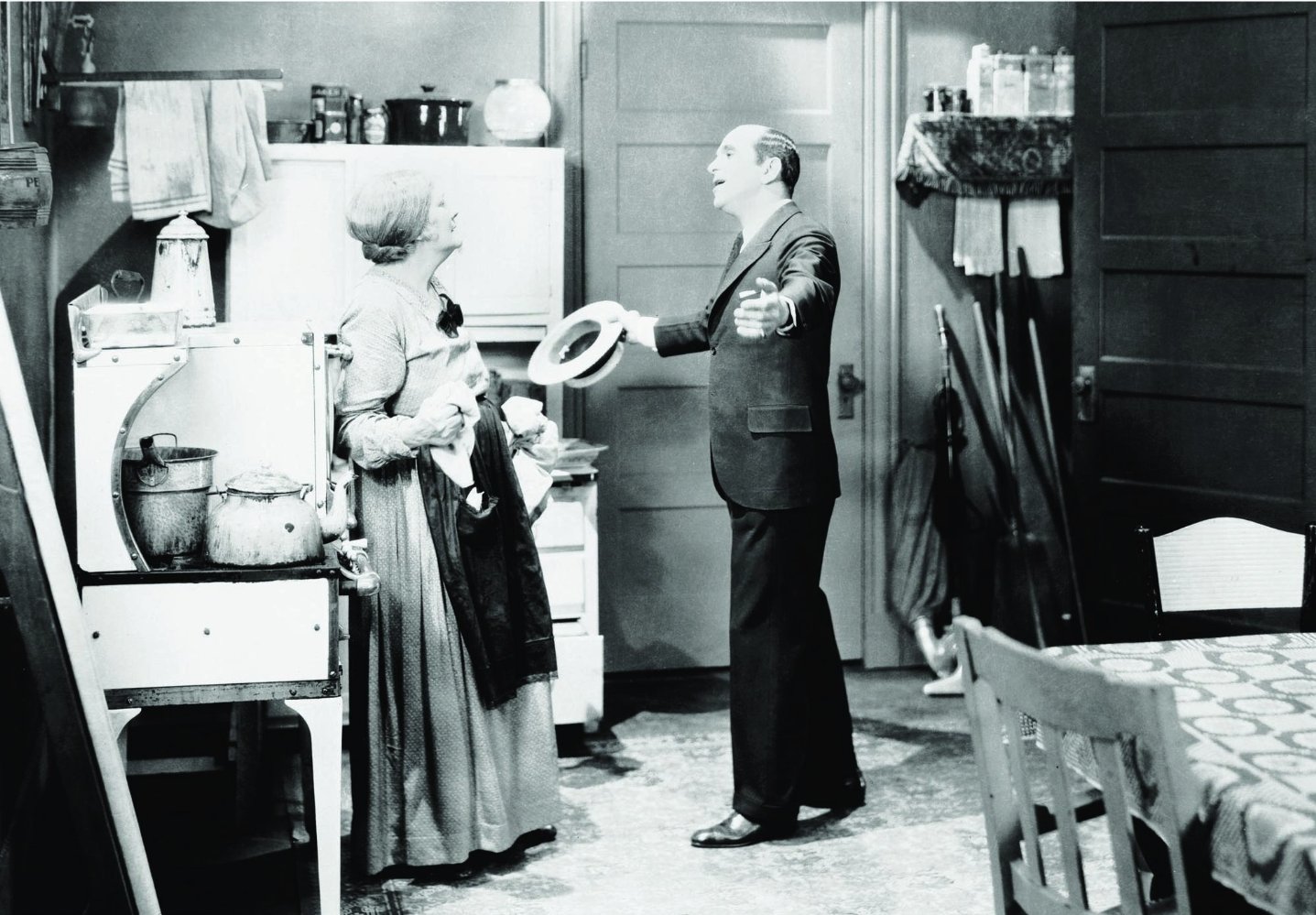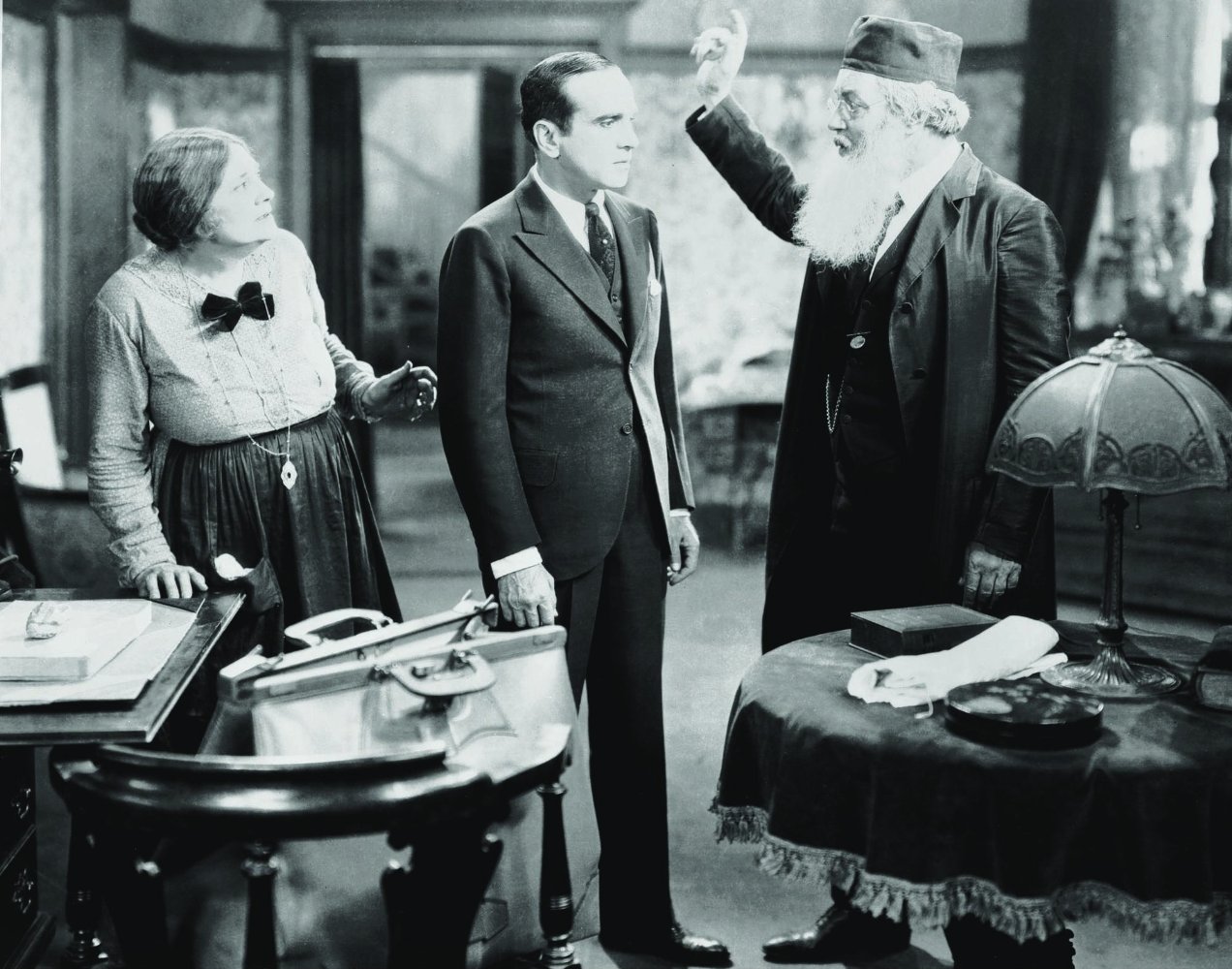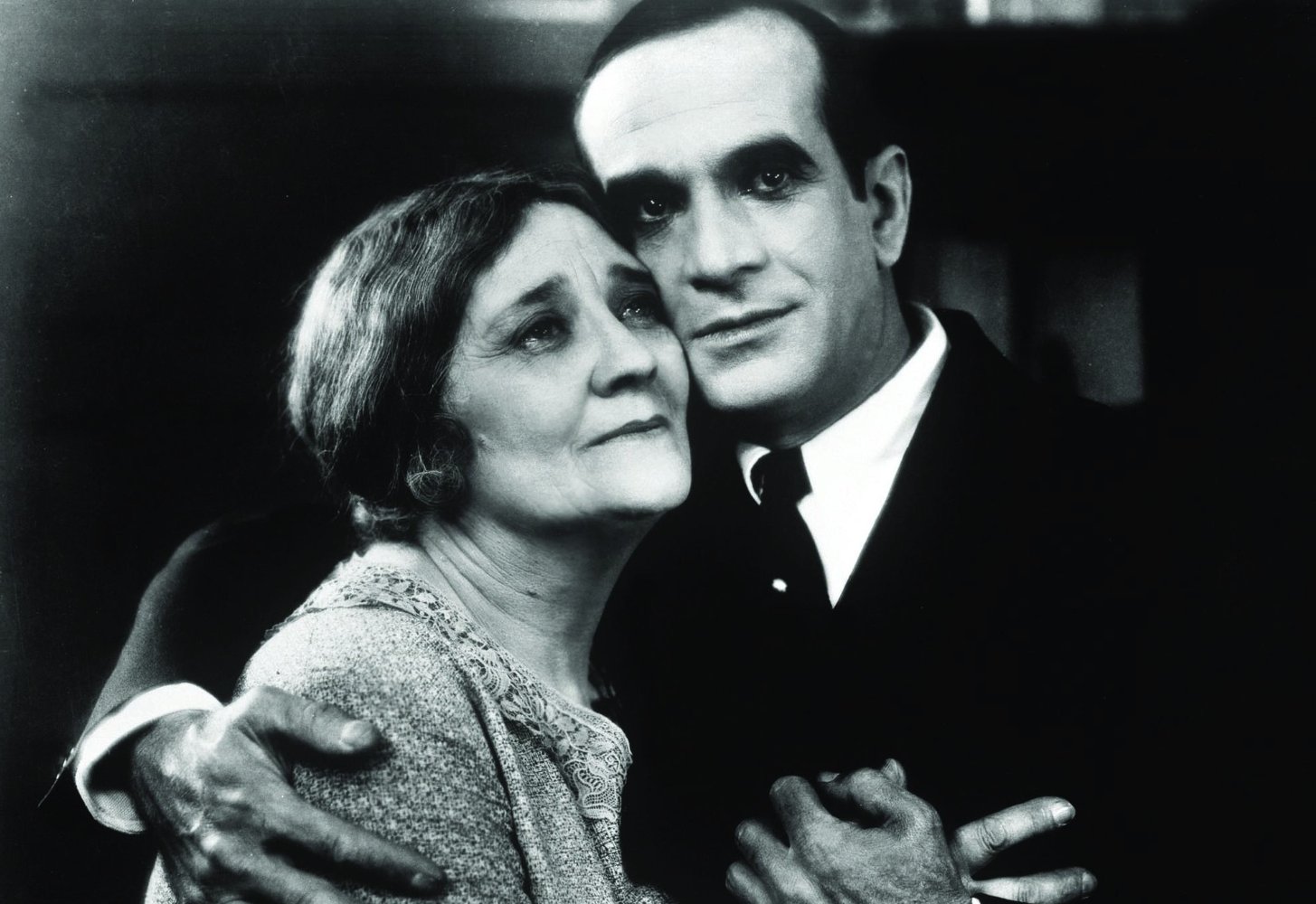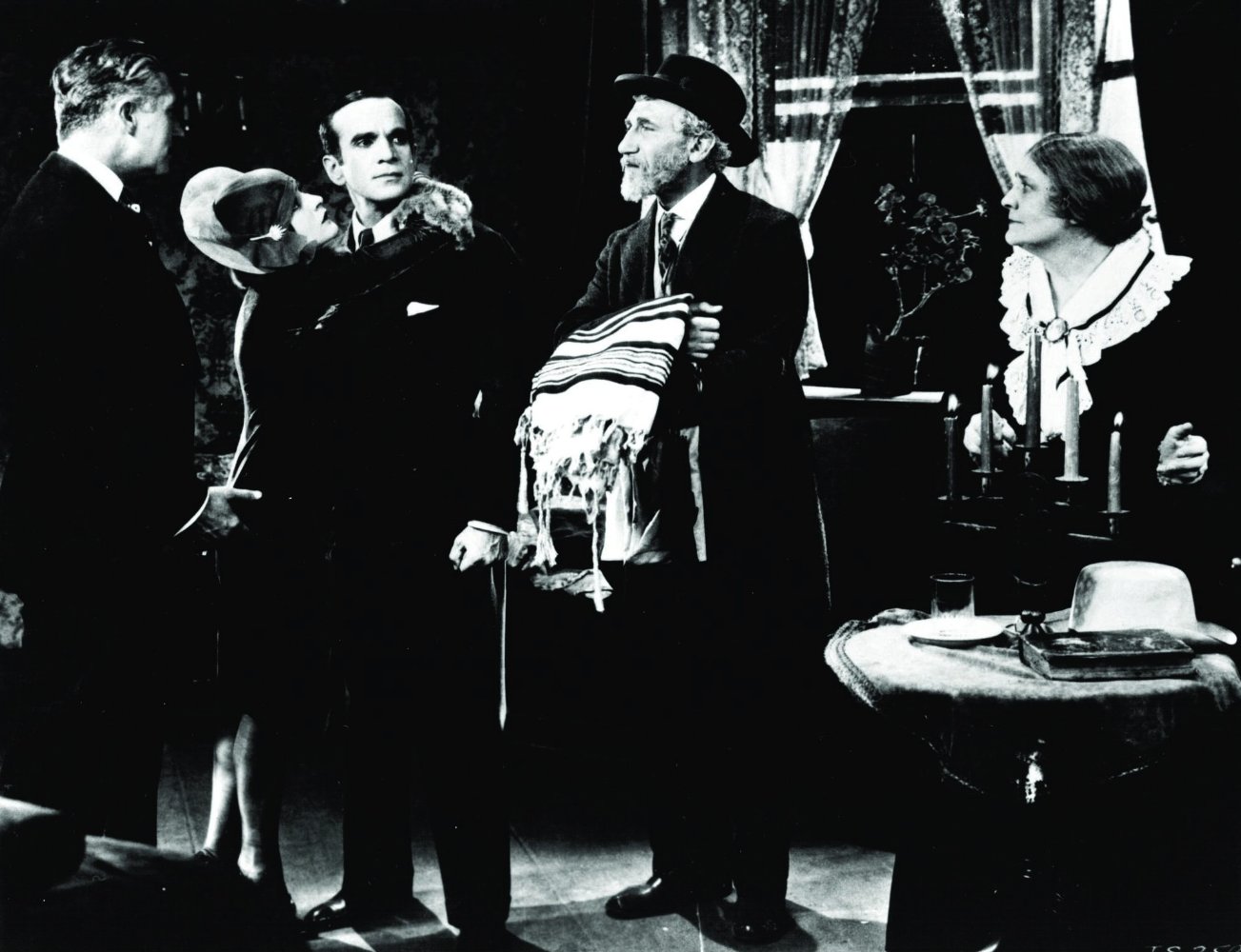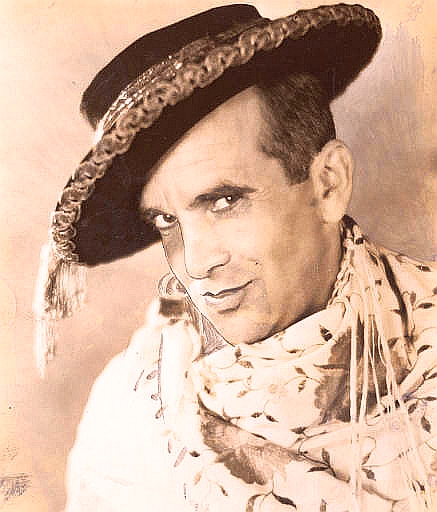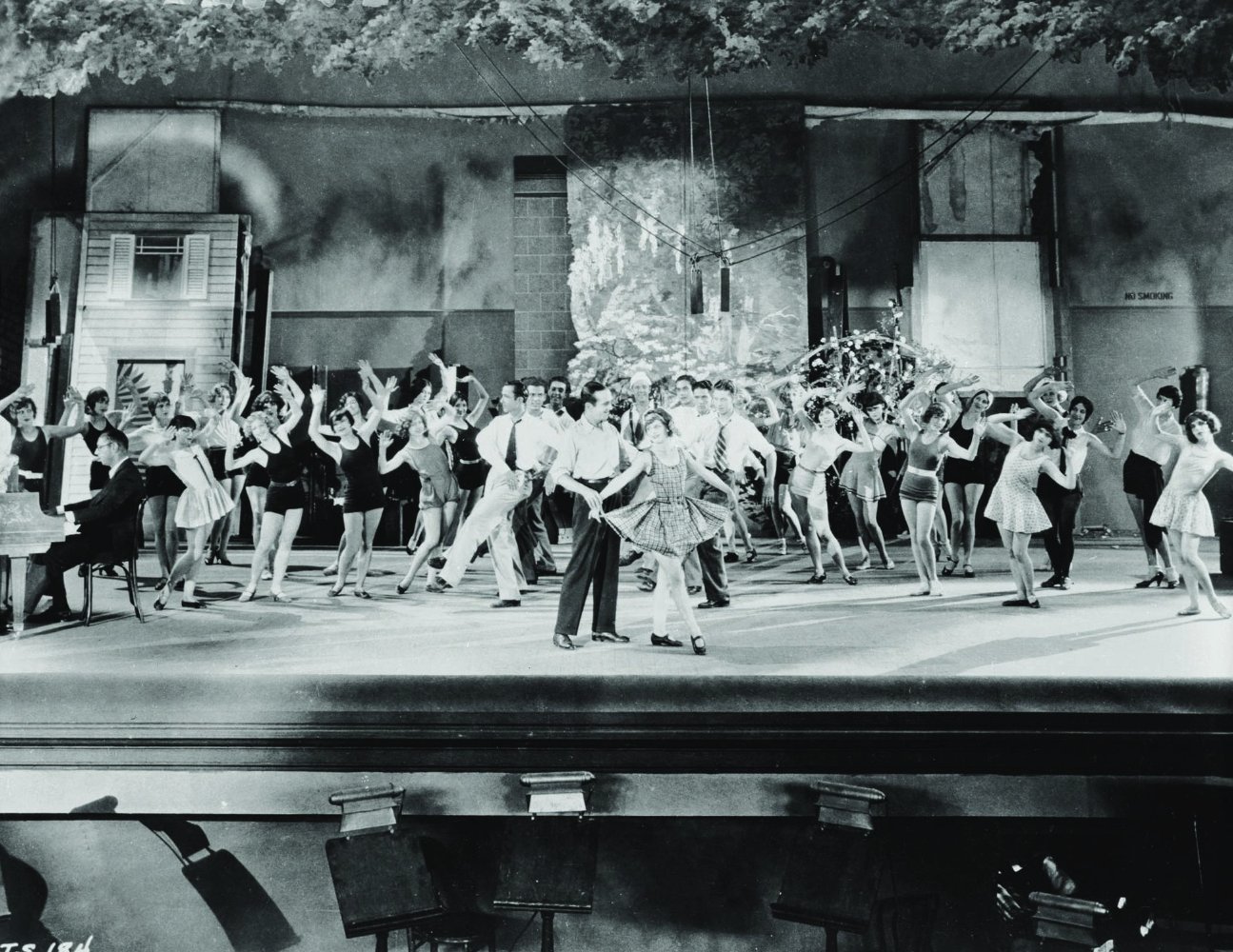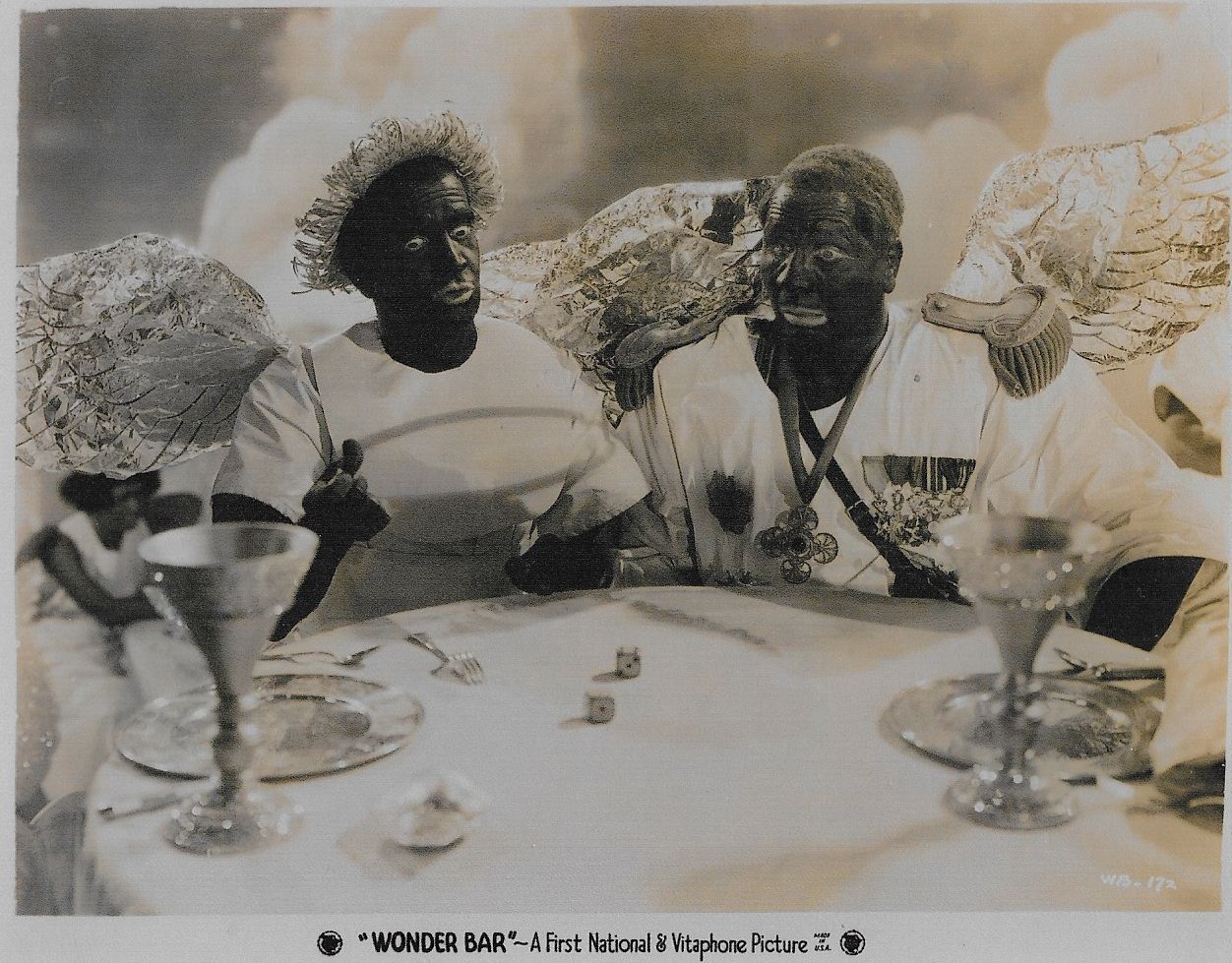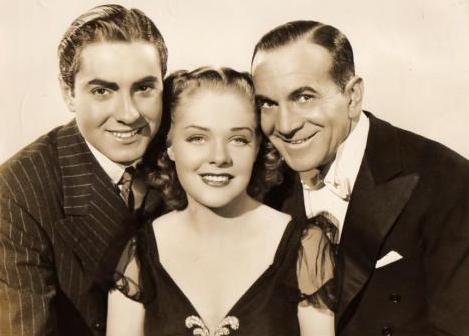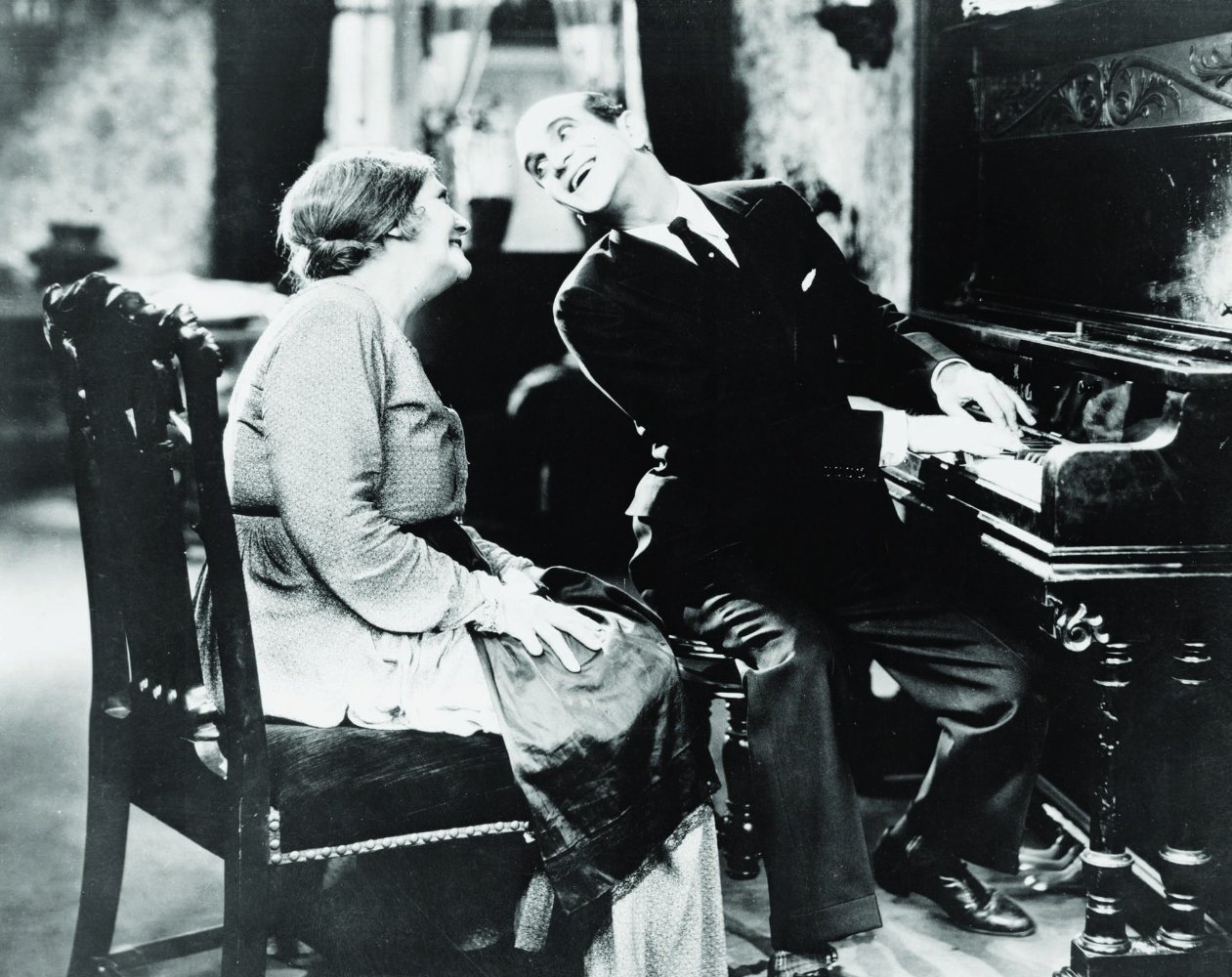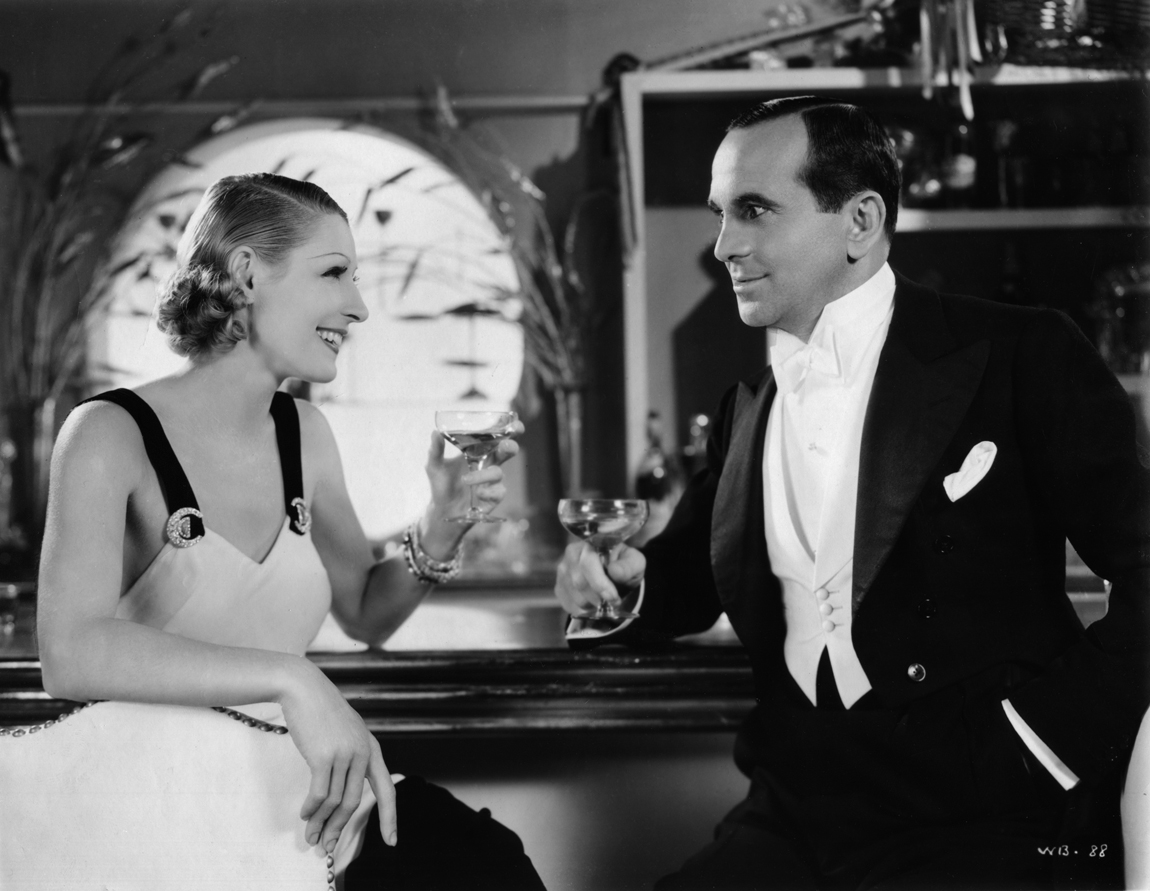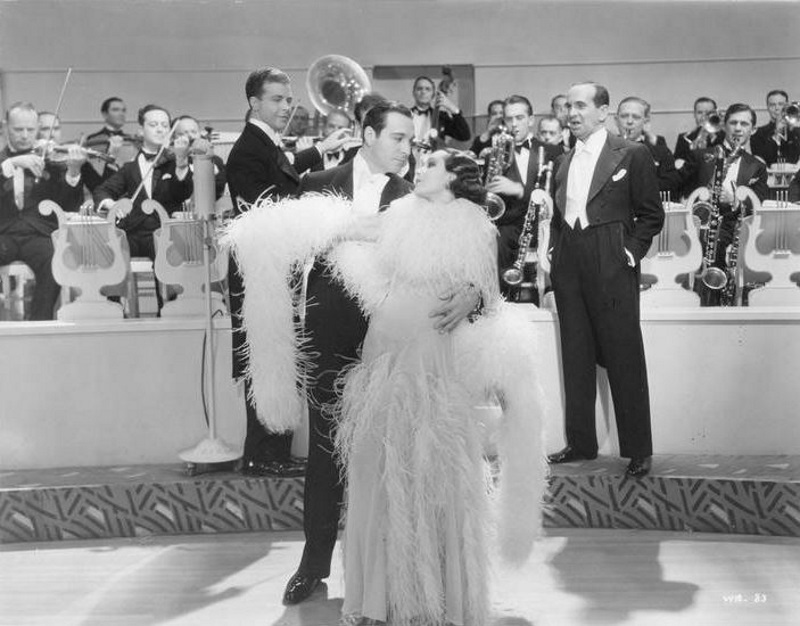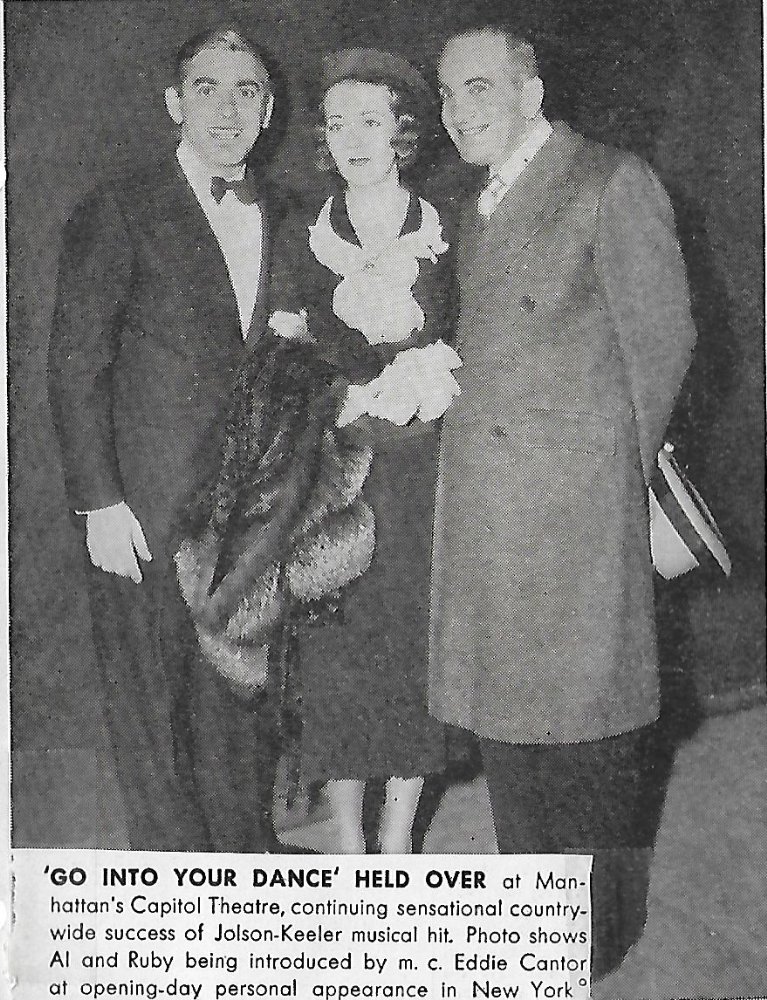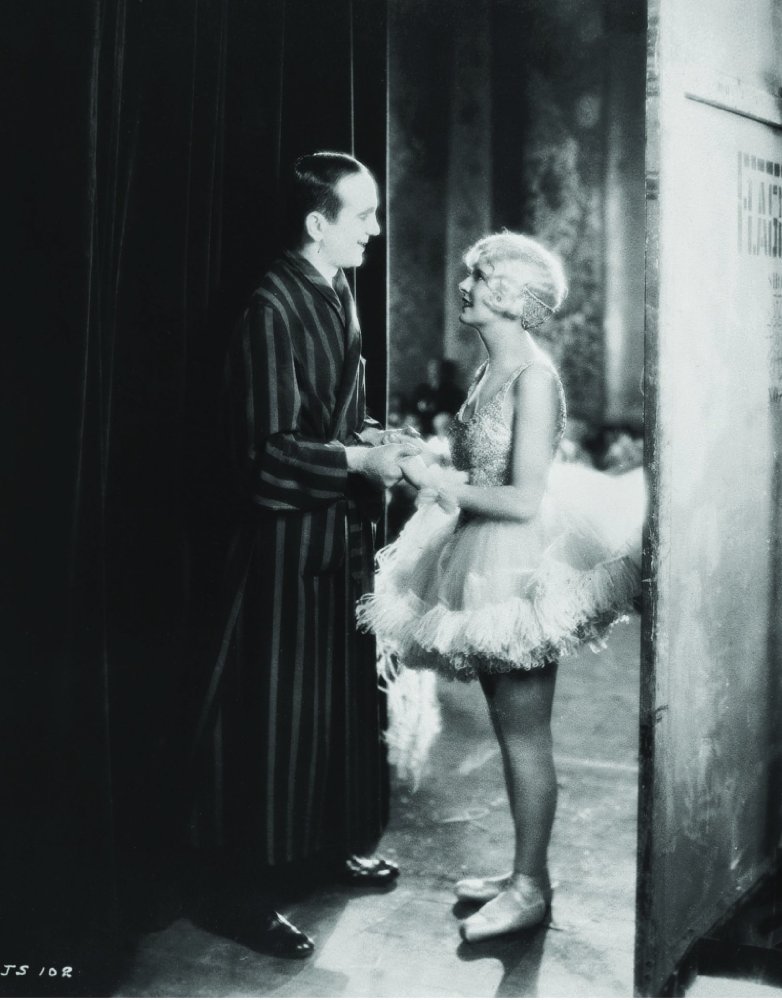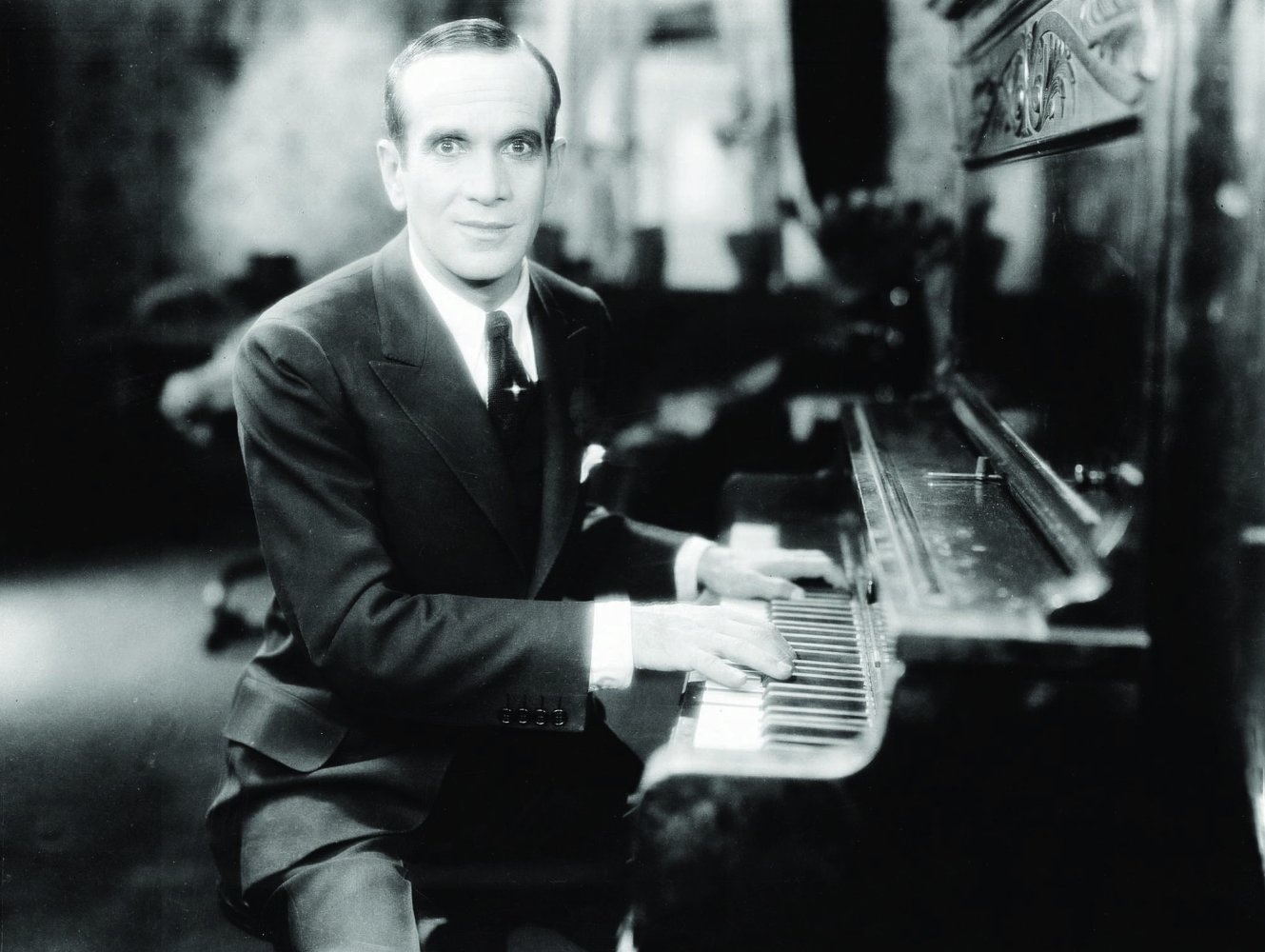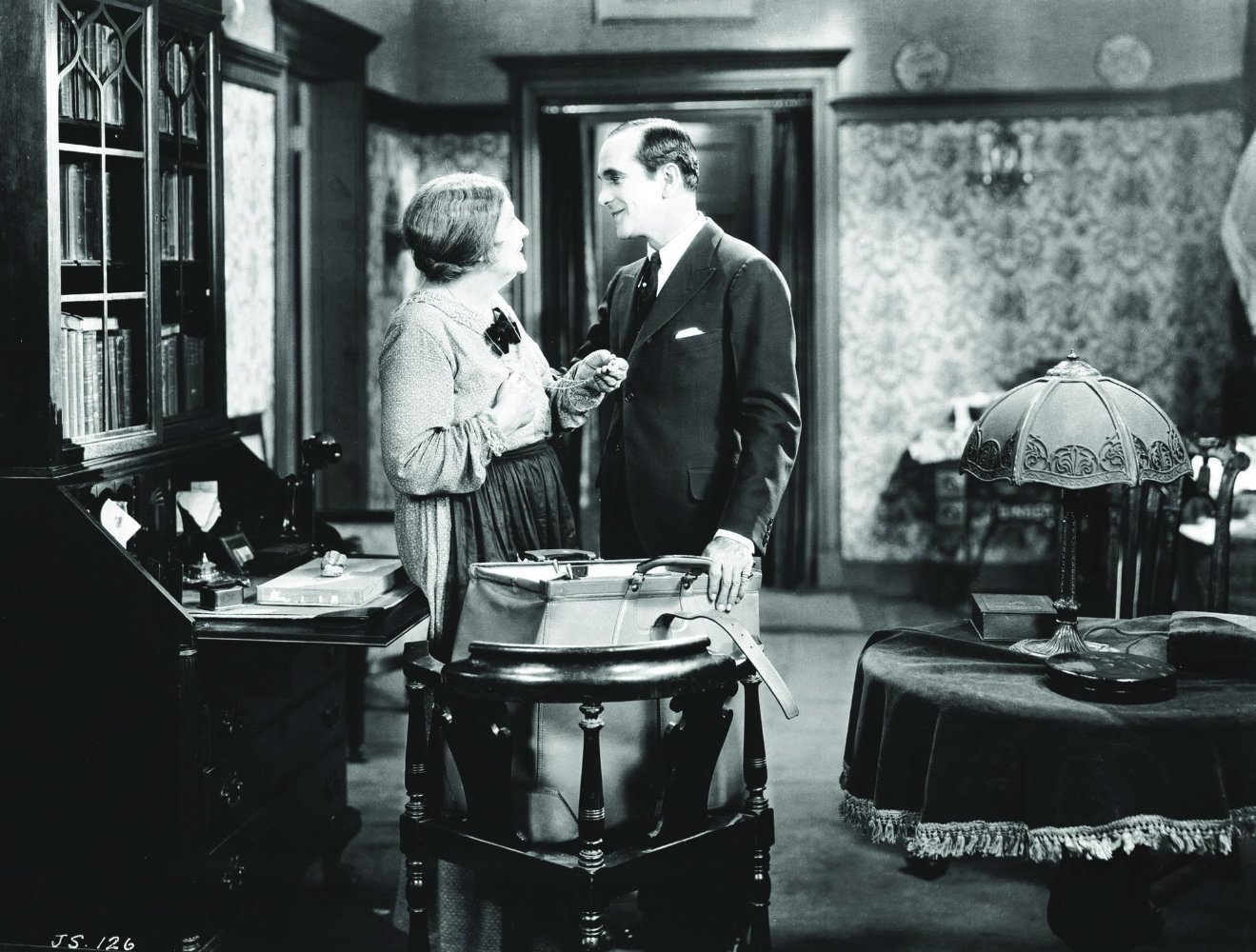Al Jolson was known in the industry as "The World's Greatest Entertainer," for well over 40 years. After his death his influence continued unabated with such performers as Sammy Davis Jr., Elvis Presley, Mick Jagger, David Bowie, Jackie Wilson and Jerry Lee Lewis all mentioning him as an inspiration. Jolson was born Asa Yoelson in Lithuania to Cantor Moishe Yoelson, who emigrated alone to Washington, DC, to establish himself. After four years he sent for his family. Nine months later his wife, Naomi, died (apparently during childbirth), which devastated the eight-year-old Asa. Young Al would soon find his outlet in the theater. Soon he was singing with his older brother, Harry, for senators and soldiers. He entertained the troops that were headed for the Spanish-American War.Jolson's career in vaudeville started with his brother in New York, but never really got off the ground. Different partners allowed Jolson to experiment, but it was as a solo act in San Francisco that he finally hit it big. He was signed eventually by Lew Dockstaders' Minstrels. It is important to note that, although performing in blackface, Dockstader's was not a minstrel show in the traditional sense of the "Tambo and Bones" variety of the previous century. It was a sophisticated, topical, Broadway-style revue. The myth lingers to this day that Jolson was a minstrel. He most certainly was not.Jolson's stay in vaudeville was relatively short, as his talent was quickly recognized by the Shubert Brothers, who signed him to appear in the opening show of their new Winter Garden Theater on Broadway in April of 1912. Thus began what many consider to be the greatest career in the history of Broadway. Not a headliner initially, Jolson soon became "King of the Winter Garden," with shows specifically written for him. "Winter Garden" and "Jolson" became synonymous for close to 20 years. During that time Jolson received reviews that have yet to be matched. Audiences shouted, pleaded and often would not allow the show to proceed, such was the power of his presence. At one performance in Boston, the usually staid and conservative Boston audience stopped the show for 45 minutes! He was said to have had an "electric' personality, along with the ability to make each member of the audience believe that he was singing only to them.In 1927 Jolson starred in the New York-shot The Jazz Singer (1927) and the rest is film history. But just before it was theatrically released, producer, Warner' His appearance in that film, nowadays considered a somewhat creaky, stodgy and primitive museum piece, electrified audiences and caused a sensation. Jolson was bigger than ever and Hollywood came a-calling. However, Jolson on film was a pale version of Jolson on stage. His screen appearances, with some exceptions, are stiff and wooden. Though he continued into the 1930s to star on radio, he was no longer quite the star he had been.During World War II, Jolson entertained troops in Africa and Sicily but was cut short by a bout of malaria and pneumonia. Always a favorite with audiences, he continued to entertain in the United States when he met his fourth wife, Erle Chenault Galbraith, an x-ray technician.By the mid-'40s, though. his stardom had faded quite a bit. Columbia Pictures, inspired by the success of Yankee Doodle Dandy (1942), decided that a Jolson biography might work as well. In 1946 it released The Jolson Story (1946), with song-and-dance man Larry Parks miming to Jolson's vocals. It was the surprise smash hit of the season and the highest grossing film of the year. Parks received an Academy Award nomination for Best Actor. Jolson was now as big, or bigger, than ever. So successful was the film that Columbia made a sequel, Jolson Sings Again (1949), which remains one of a few biography sequels in film history (Funny Girl/Funny Lady - the story of fellow Winter Garden performer Fannie Brice is another rare example). It was also quite successful at the box office. So big had Jolson's star risen that in 1948, when Bing Crosby, Frank Sinatra and Perry Como were at their peaks, Jolson was voted "The Most Popular Male Vocalist" by a Variety poll.In 1950, against his doctor's orders, Jolson went to Korea to entertain his favorite audience, American troops. While there his health declined and shortly after his return to the U.S. he suffered a massive heart attack and died.Jolson's legacy has suffered enormously since the 1960s. Few under the age of 50 even know his name, and those who do were taught that he was a "white man who made millions making fun of black people." This is, of course, specious. In fact, blackface had long lost its pejorative racial implications by the turn of the century and became a convention of theater. Many stars, including Eddie Cantor, Fred Astaire, Bing Crosby, Judy Garland, Doris Day, Betty Grable and many black stars of the time, used blackface. There was no bigotry attached to it. So the man who was the king of Broadway for nearly 40 years is now largely forgotten or misunderstood, and there is no plaque or statue or even sign anywhere on Broadway to honor him.
Show less «

